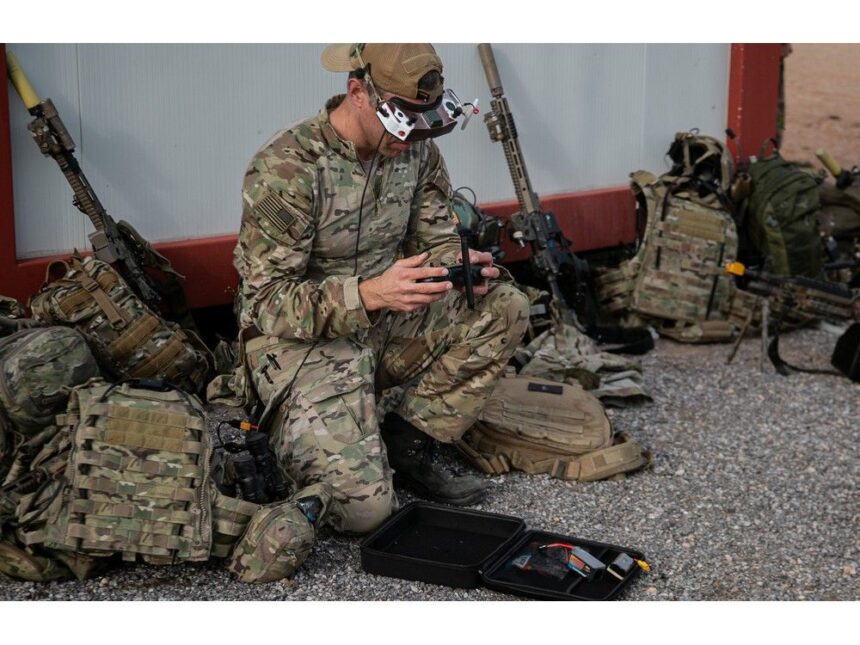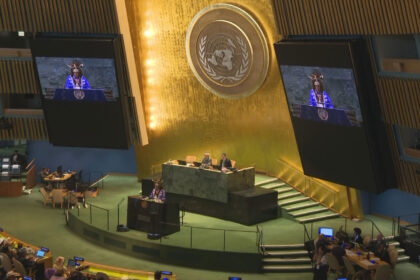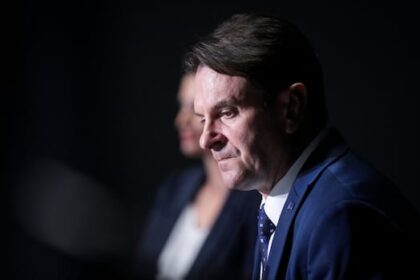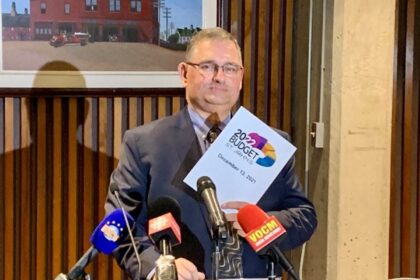A U.S. Green Beret prepares to launch a first-person-view drone during training. Photo by U.S. ArmyArticle contentOn June 9, in front of a backdrop of assembled reservists at the Fort York armoury in Toronto, Prime Minister Mark Carney announced that Canada would boost defence spending immediately.THIS CONTENT IS RESERVED FOR SUBSCRIBERS ONLY.Subscribe now to access this story and more:Unlimited access to the website and appExclusive access to premium content, newsletters and podcastsFull access to the e-Edition app, an electronic replica of the print edition that you can share, download and comment onEnjoy insights and behind-the-scenes analysis from our award-winning journalistsSupport local journalists and the next generation of journalistsSUBSCRIBE TO UNLOCK MORE ARTICLES.Subscribe or sign in to your account to continue your reading experience.Unlimited access to the website and appExclusive access to premium content, newsletters and podcastsFull access to the e-Edition app, an electronic replica of the print edition that you can share, download and comment onEnjoy insights and behind-the-scenes analysis from our award-winning journalistsSupport local journalists and the next generation of journalistsRegister to unlock more articles.Create an account or sign in to continue your reading experience.Access additional stories every monthShare your thoughts and join the conversation in our commenting communityGet email updates from your favourite authorsSign In or Create an AccountorArticle contentRather than wait until 2035, Carney now plans to spend the NATO alliance target of two per cent of gross domestic product on defence and security this current fiscal year. That means a whopping $62.7 billion annually.Article contentArticle contentArticle contentTo do that, Carney is providing the Department of National Defence with $9.3 billion extra to spend before April 1, 2026. The rest of the increase comes from counting the money being spent on defence and security at the other federal departments.Article contentGiven that the Canadian Armed Forces are woefully short of everything, one would think that a short-term wild buying spree would be welcome news.Article contentUnfortunately, the one resource the CAF is critically lacking is something that cannot be easily bought, and that is trained personnel.Article contentDefence Minister David McGuinty has announced a 20 per cent across-the-board pay hike for service members, with additional bonuses for training and exercises. That will help to retain some personnel who are considering release and may attract more civilians into recruiting centres.Article contentHowever, as the CAF’s own numbers reveal, it is not a shortage of recruits that is leading to the personnel shortfall. It is the inability to provide these recruits with trades training once they’re in uniform.Article contentArticle contentStatistically, the highest proportion of those seeking release from the CAF are those who graduated from basic military training at CFRS St. Jean and then sat idle for months, unable to get courses in trades training.Article contentArticle contentA bigger paycheque may cause some of them to grumble and stick around. However, having them simply wearing a uniform does not provide relief for the burnt-out personnel who are trades qualified and therefore in high demand for operations.Article contentA recent internal readiness report showed that nearly half of all weapons platforms across all three branches of the CAF are unserviceable at any point in time. This is due to a combination of the advanced age of those platforms, a lack of spare parts in the system and most importantly a shortage of trained specialists to keep them in working order.Article contentHefty re-signing bonuses to recently released skilled technicians might help in that regard, but I have yet to hear that idea being floated by the Liberal government.
SCOTT TAYLOR: Trained armed forces personnel not easily bought











